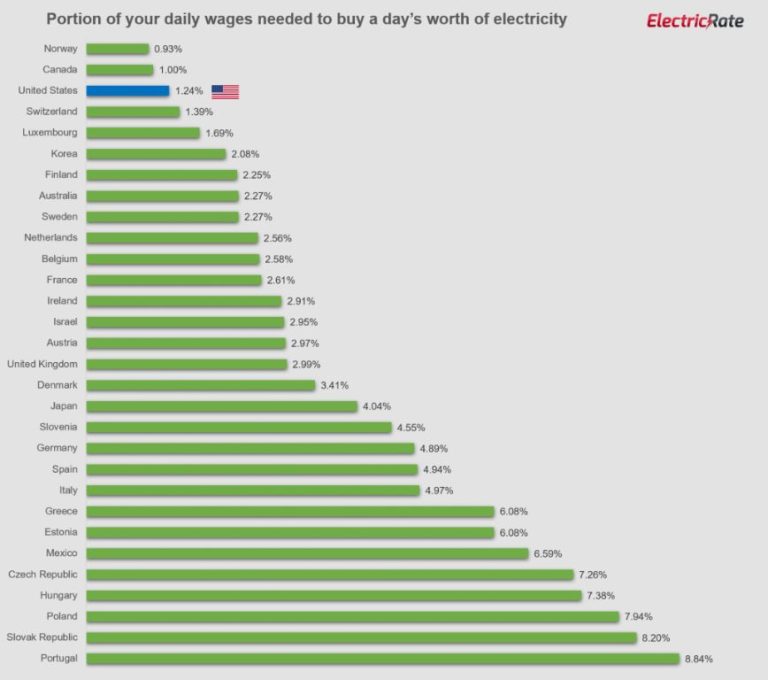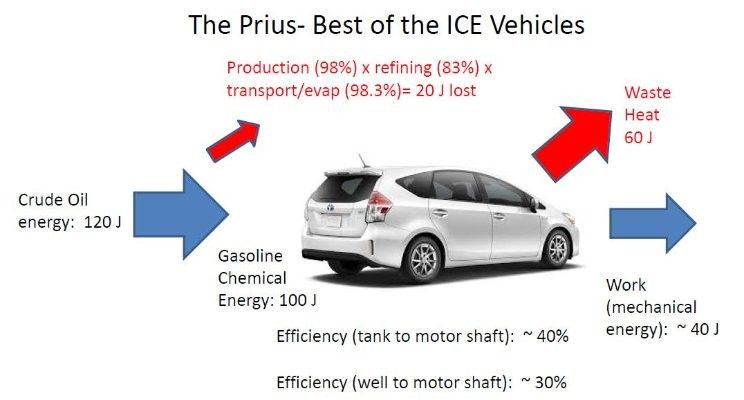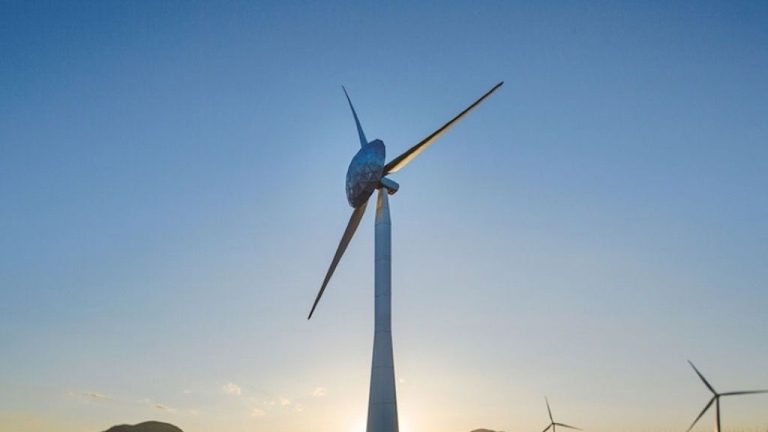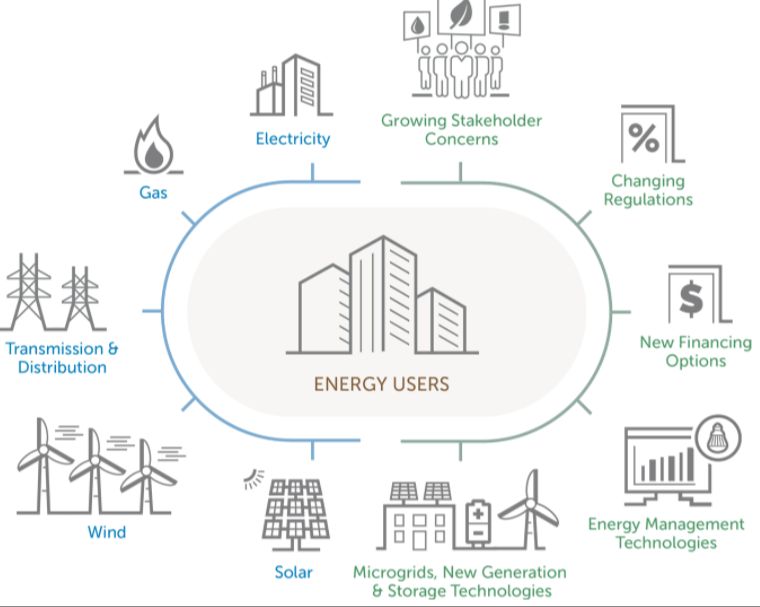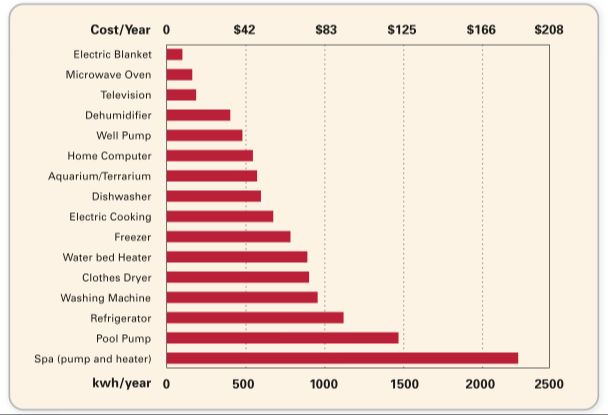Do Electric Blankets Use Up A Lot Of Electricity?
Electric blankets provide warmth and comfort on cold nights. They work by distributing heat evenly across the surface through built-in wiring. With energy costs on the rise, many wonder if using an electric blanket consumes a lot of electricity or costs too much to operate. The good news is that modern electric blankets are designed to be energy-efficient.
Electric blankets use relatively low wattages, ranging from 50 to 200 watts depending on the size and heat settings. This results in low energy consumption over time. Improvements in wiring and heating technology allow electric blankets to provide cozy warmth without being energy hogs. Still, actual energy use depends on several factors. We’ll explore electric blanket power consumption in detail to determine if they are affordable to operate.
How Electric Blankets Work
Electric blankets contain internal heating wires made of resistive metal like copper that warm up when electricity passes through them. The wires are integrated between two layers of fabric or into the fibers of the fabric itself. These heating elements are spread evenly throughout the blanket to uniformly distribute heat (Sleepypeople.com).
Electric blankets have controls that allow users to adjust the heat setting to their desired temperature. Many have dual controls so each side of the blanket can be customized. Blankets may have analog dials or digital controls with multiple heat settings ranging from low to high. Some feature auto-off timers that turn the blanket off after a set period to prevent overheating or save energy if the user falls asleep (Directenergy.com).
For safety, electric blankets have overheat protection which automatically shuts off the blanket if temperatures get dangerously high. They may also have an overcurrent or short circuit protection that cuts power if a wire gets damaged. Materials used comply with flammability standards. Most electric blankets made today also have electromagnetic field shielding to block EMF radiation (Sleepypeople.com).
Power Consumption
The power consumption of an electric blanket depends primarily on its wattage rating. Most electric blankets today range from 50 to 200 watts. A typical full-size electric blanket uses around 100 watts (https://blog.ecoflow.com/us/electric-blanket-power-usages/).
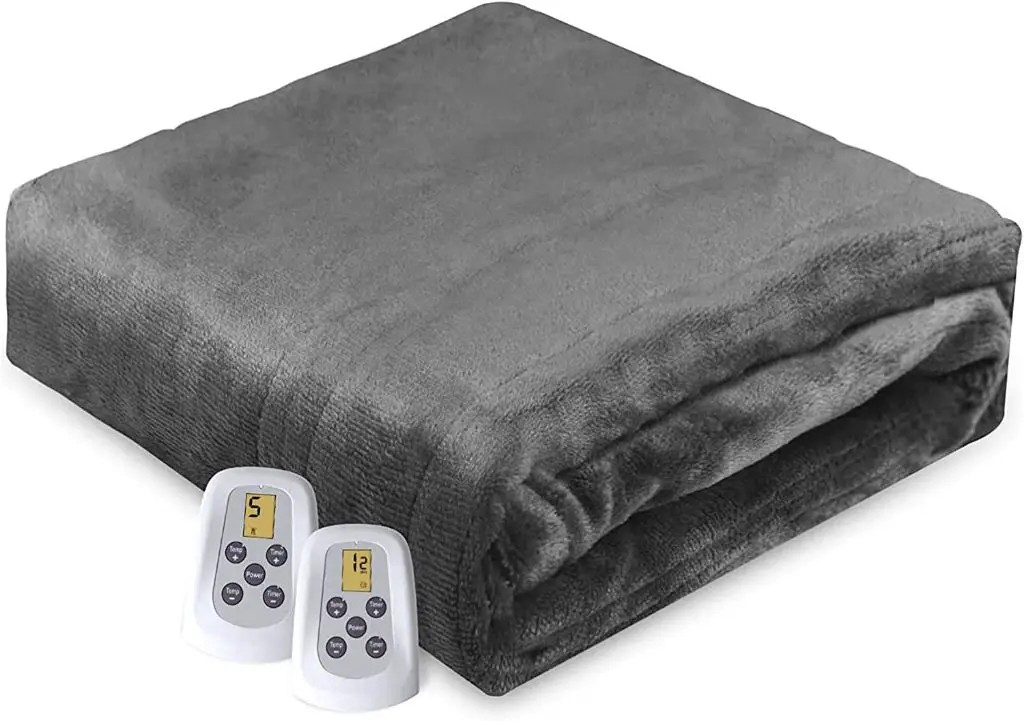
To calculate the energy used, multiply the wattage by the number of hours used. For example, a 100-watt electric blanket used for 8 hours would consume 800 watt-hours or 0.8 kWh. At an electricity rate of $0.12 per kWh, this would cost around $0.10 to operate for 8 hours.
Most people use an electric blanket for 1-3 hours before bed and up to 8 hours overnight while sleeping. This can add up to 200-600 watt-hours per night. Over a 6 month cold weather season, a typical electric blanket may use 180-550 kWh, costing $22-66 to operate (https://energycostcutting.com/electric-blankets/sunbeam/).
While not a major energy hog, operating costs can add up with nightly use. Newer electric blankets with more insulation, heating elements, and advanced controls can help maximize efficiency and minimize power consumption.
Factors Affecting Energy Use
There are a few key factors that determine how much electricity an electric blanket uses:
Blanket Size
Larger electric blankets require more power to heat the larger surface area. For example, a twin size electric blanket may only use around 25-50 watts, while a king size blanket can use 100-150 watts or more (Source).
Temperature Setting
Electric blankets allow you to adjust the heat setting, usually ranging from low to high. A higher heat setting uses more electricity to generate more warmth. Using a lower temperature setting can reduce power consumption by up to 50% or more (Source).
Insulation
An electric blanket used on top of a well-insulated mattress will retain heat better and require less energy to maintain the temperature. Insulation quality below the blanket is an important factor affecting efficiency and electricity use.
Comparisons to Other Appliances
Electric blankets use significantly less electricity than portable electric space heaters. According to Sleep Advisor, an electric blanket only uses about 100 watts on average, while a typical electric space heater uses between 750-1500 watts. This means an electric blanket can provide focused warmth at a fraction of the energy cost.
Electric blankets are also generally more energy efficient than hair dryers. The typical hair dryer has a power rating of 1200-1800 watts. So running a hair dryer for 15 minutes uses about the same amount of electricity as running an electric blanket for 1-2 hours. The key difference is that the hair dryer provides heat only when turned on, while the electric blanket continues warming the bed over time.
In summary, electric blankets are a very energy efficient way to provide warmth compared to portable heaters and hair dryers that require high wattages to generate heat quickly. The continuous low-level heat from an electric blanket uses electricity sparingly.
Energy Efficiency Features
Modern electric blankets include a variety of features to help maximize energy efficiency and safety:
Auto-off timers will automatically shut off the blanket after a set period, usually anywhere from 1-10 hours. This prevents the blanket from running all night unnecessarily if the user falls asleep. Blankets with auto-off prevent energy waste and overheating risks (source: https://blog.ecoflow.com/us/maximize-electric-blankets-efficiency/).
Advanced temperature sensors monitor conditions and adjust heat settings accordingly. If the blanket reaches the desired temperature, it will cycle on and off rather than running continuously. This optimizes power usage (source: https://neccoopenergy.com/electric-blanket-safety-top-tips-for-choosing-and-using-electric-blankets/).
Look for blankets with multiple, precise heat settings so you can find the lowest temperature that still keeps you comfortable. Setting a lower temperature will conserve power.
Seek out energy efficient models – look for ones marketed as “energy saving” or check the wattage ratings. Lower wattage blankets consume less electricity.
Electric blankets with advanced technology and safety features may cost more upfront but can provide great long-term value through energy savings.
Operating Costs
The operating cost of an electric blanket depends on several factors like the wattage rating, hours of use, and local electricity rates. On average, an electric blanket may use around 100 watts of power. If used for 8 hours through the night, that would amount to 0.8 kWh of energy used. At an average electricity rate of $0.13 per kWh, that comes out to about $0.10 per night of use.
So a typical electric blanket operating for 8 hours a night would cost under $0.50 a week and around $2-3 per month to run. This makes electric blankets a relatively affordable heating option compared to using central heating or space heaters throughout the home. By concentrating heat directly on the body under blankets, much less energy is required than heating ambient air temperature. Some ultra low wattage electric blankets now use less than 100 watts, which can further reduce operating costs.
Looking at a few calculations based on average usage, an electric blanket may cost:
– 100 watts for 8 hours: 0.8 kWh at $0.13/kWh = $0.10 per night
– 150 watts for 10 hours: 1.5 kWh at $0.13/kWh = $0.20 per night
– 200 watts for 6 hours: 1.2 kWh at $0.13/kWh = $0.16 per night
So on average, expect to pay around $0.10 – $0.20 per night of use for an electric blanket depending on your settings and local energy rates. This makes them an energy-efficient and cost-effective way to stay warm in bed.
Usage Tips
There are some simple ways to maximize energy savings when using an electric blanket:
-
Turn off the electric blanket once the bed has reached your desired temperature. There is no need to leave it on all night.
-
Use a timer or set an alarm as a reminder to turn off the blanket after 30-60 minutes of preheating the bed.
-
Only preheat the side of the bed you sleep on to avoid wasting energy heating the empty side.
-
Maintain the electric blanket properly by periodically inspecting for damage, removing lint, and following the manufacturer’s care instructions.
-
Replace old electric blankets, as newer models tend to be more energy efficient with advanced heating technology and better insulation.
Using some common sense and smart practices can help reduce the energy consumption of electric blankets.
Safety Considerations
Following the manufacturer’s instructions is key for safe use of electric blankets. Make sure to read the user manual thoroughly and follow all guidelines provided.[1] Key safety tips include:
- Don’t leave an electric blanket turned on for long periods when unattended or while sleeping. Turn it on before bed to preheat the bed, then turn it off before getting into bed.
- Don’t allow pets or children under age 5 to use an electric blanket unsupervised.
- Don’t tuck the electric blanket too tightly under the mattress which can cause overheating.
- Inspect the cord and heating elements regularly for damage and discontinue use if any is found.
- Don’t fold or place anything on top of a heated blanket when in use.
Following basic precautions greatly reduces safety risks with electric blankets. Make sure to choose a high-quality blanket from a reputable manufacturer and follow all usage and care instructions. With proper use, electric blankets can safely provide cozy warmth during chilly weather.
[1] https://neccoopenergy.com/electric-blanket-safety-top-tips-for-choosing-and-using-electric-blankets/
Conclusion
In summary, electric blankets do not generally use a large amount of electricity. The key factors are:
- Modern electric blankets use very thin, energy-efficient carbon wire heating elements that require less power.
- Typical electric blankets only draw between 50-100 watts. This is a small power draw compared to major appliances.
- Newer blankets have features like auto-off timers, low-heat settings, and dual controls to improve efficiency.
- Operating costs are estimated around 1-5 cents per hour depending on your local electricity rate.
- Proper use, like preheating the bed and turning off when not needed, can further minimize energy consumption.
So while it depends somewhat on the specific model, size, and usage patterns, most electric blankets are relatively low in terms of electricity requirements. With efficient operation and an Energy Star rated blanket, electricity costs can be kept to a reasonable level.

